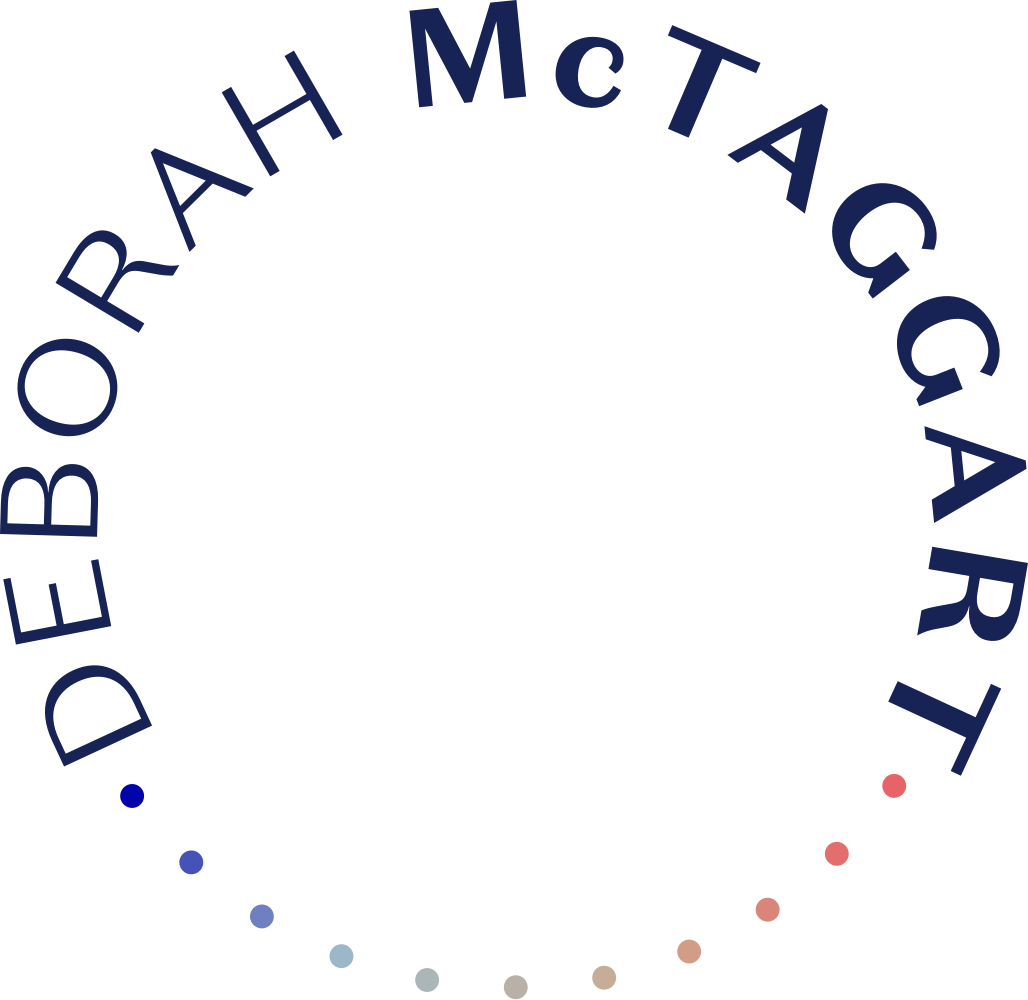Feeding Your Mitochondria and Creating Energy
Why should you be Feeding Your Mitochondria?
Mitochondria were originally created when one bacteria ate another! They are like bags full of DNA and enzymes, and their outer realm has holes through which ATP (your energy currency) and Calcium can move in and out. Your average cell will have between 200-2000 mitochondria, that’s about 10% of your body weight – equating to 10 million billion. Cardiac cells are packed with mitochondria so ATP can be made all day every day, they have about 5000 mitochondria per cell. That’s how important they are!
Why They’re Important to Your Energy.
Mitochondria have the facility to use oxygen to make energy. They are highly mobile organelles and will construct little railway tracks out of muscle fiber (actin) to make their way to a neuron with a lot of activity. They also act as cell signalers as ATP is a neurotransmitter, buffer calcium, generate free radicals and nitrogen which are essential to life; and help with production of proteins, like heme in blood. Mitochondrial fragments can activate your immune response and regulate whether a cell lives or dies.
How You Can Damage Your Mitochondria
Most mitochondrial disorders are chronic, occurring over a long period of time. Persistent cellular stress and over production of free radicals will damage the mitochondria. Damage is primarily the result of lifestyle factors – diet and exercise but also caused by environmental toxins including cigarette smoke, and chronic inflammation.
Which Fuel is Better For Mitochondria
Both fats and carbohydrates end up becoming Acetyl-co-A, the primary substrate of the TCA cycle (energy cycle) to create energy in your body. Glucose has the ability to generate more ATP through this cycle.
Mitochondria switch freely between glucose and fat burning (oxidation) depending on the physiological (such as physical activity, i.e. short burst sprint or marathon) and nutritional circumstances. Amino acids, the building blocks of protein, can also readily serve as fuel for this combustion.
This is where the ketogenic diet debate enters the fray. It is proven in research to enhance fat burning capacity and to be good for specific disorders, such as autism spectrum disorders, migraines, traumatic brain injury, Alzheimers and Parkinsons. Through supply of ketones, which are increased with such a low carbohydrate diet <25%, helps heal the mitochondria. However research shows that when used as a diet for adapting your body, it is not clear if this translates to performance.
If you eat an excessive amount of carbohydrate (especially refined) relative to the proteins and fats in your diet, you will impair fat burning. When this happens the deposition of fat inside the cell interferes with insulin signaling causing insulin resistance (weight around the belly area is a giveaway).
How To Eat For Your Mitochondria
If your goal is to get leaner and feel more energetic, then 3 meals a day is a pathway toward caloric excess and will not help you achieve this goal. Intermittent fasting is the key here. Allowing a long time overnight (the magic number is 14 hours) of just water or herbal teas, as well as 2 nutritious (no refined carb!) meals a day with no snacking in between meals will help get you lean and energetic!
How To Exercise For Your Mitochondria
Exercise is number 1 for mitochondria as it induces PGC1 alpha, a key regulator in energy metabolism.
In one study, moderate exercise 150 minutes/week (that’s 30 minutes, 5 days) showed a 67% increase in density of mitochondria and 55% increase of their inner membrane content. This translates to great energy for you! This led to further physiological changes all ramping up your metabolism and balancing your blood sugars.
Read more: How to boost your body energy
Testing Your Mitochondria
The best laboratory marker for mitochondrial dysfunction is Hemoglobin A1C as it measures your average glucose plasma level.
Nutraceuticals
Green tea polyphenols are excellent for mitochondria.
You need a lot of magnesium to make ATP.
Curcumin found in turmeric and L-carnitine (found in meat) help your mitochondria.
Branched chain amino acids (especially leucine) are great energy sources, especially for sports and athletes. This is because they do not require energy to break it down, like protein.
There are many more nutrients specific to mitochondrial support, some sourced through food, others made in the body so you feed with dietary precursors, and others can be supplemented on a short term basis.
Take Home Tips on Mitochondria
Minimise sugar, refined and processed foods
Eat a wide range of colourful berries, vegetables, spices, teas.
Increase dietary nitrates through beet root juice, rocket-arugula, spinach.
Eat liberal amounts of healthy fats, i.e. cold water fish, avocados, eggs.
Intermittent fasting (12-14 hours) to induce autophagy, which cleans up damaged tissue.
Please note that this is general information and is best applied to your life working with a qualified health practitioner, especially if you have any underlying health concerns.
Deborah McTaggart is a registered nutritionist practising in Barnes, South West London, and global via Zoom. She works with corporate nutrition and individuals on healthy eating, with a special interest in Men's Health, Shift Work Health, Travel Health and Avoiding Jet Lag. Contact me here for further information on nutrition plans.
